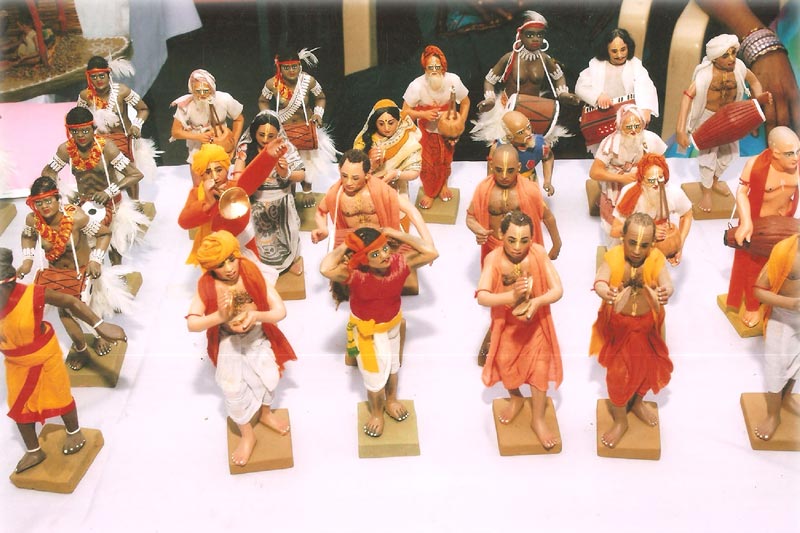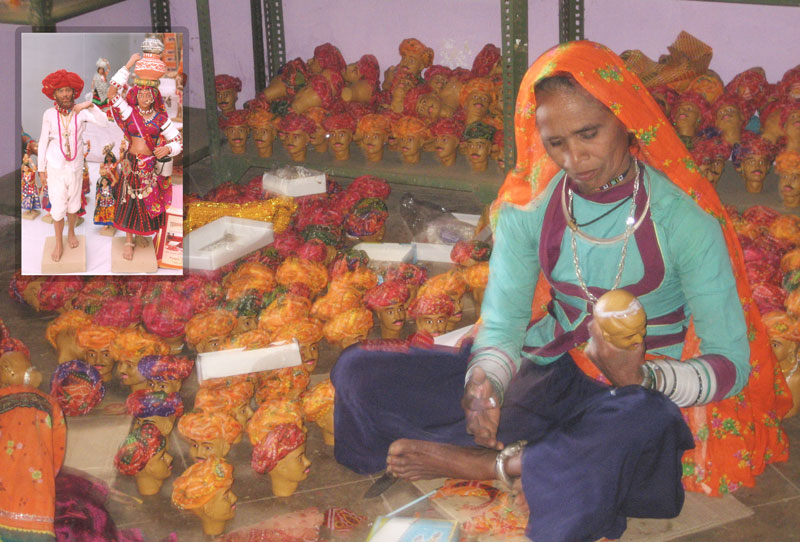Article | Rajasthan is endowed with plenty of physical resources, agro surplus and outstanding skills. These provide ample opportunities of manufacturing, beneficiation and processing activities in the small scale sector, which has been buyaccutaneonline the strength of the state. In the context of Rajasthan, particularly handicraft sector have distinct identities and play a crucial role in the process of economic development.
In Rajasthan where drought situation exist almost every year, Rural Non Farm sector is one of the sector which can provide huge employment and alternate source of income to the community. Here handicraft industry may become backbone of state economy. Terrakota cluster at Siyava village which is 6 km. from Aburoad in Sirohi district has proved this statement. Poor Tribal women are working in this cluster. Their land holdings are not sufficient to get the food production that can fulfill the need for the whole year. Also they are mostly illiterate.

Suvidha Sansthan, a local NGO working in this area explored the hidden art and inherent skill in ‘clay modeling’ of poor Tribal women. Garasiya and Rebari community women are mainly involved in this art. The clay used in this art is transported from nearby village Reodar. The models made of different shapes are later attractively coloured and made alive by these Tribal women.
Sh. Hemchand Talaycha of suvidha sansthan, who is a native of Udaipur, was the first to approach the tribal community in Siyava area in 1997. He discussed with them and tried to solve their problems. His efforts fetched good results though after 2-3 years. He had learned this art from Putulputti in Gurni village of Lalgulazila of West Bengal. Unfortunately, this art is now on the verge of extinction in West Bengal. The good quality Terrakota products are demanded all over the country and even abroad.
Terrakota cluster is now globally competitive and has become famous at national and international level by providing sustainable livelihood opportunities to poor tribal communities. The art of ‘clay modeling’ of these tribal women has crossed the barriers of seven seas and reached Italy. Tipu Garasiya and her workmate Gajri Garasiya recently attended a 10-days International Business Fair Exhibition, ‘AF-L’ at Milan, Italy. These two women were selected by the Indian government to represent India at this international craft selling exhibition.
It is really overwhelming to see the look of satisfaction on the faces of these tribal women. Earlier they had no life of their own but today they can bring life to the lifeless lump of clay.
written by
Rukhsana Saifee
Associate Professor
CIT college, Abu Road

